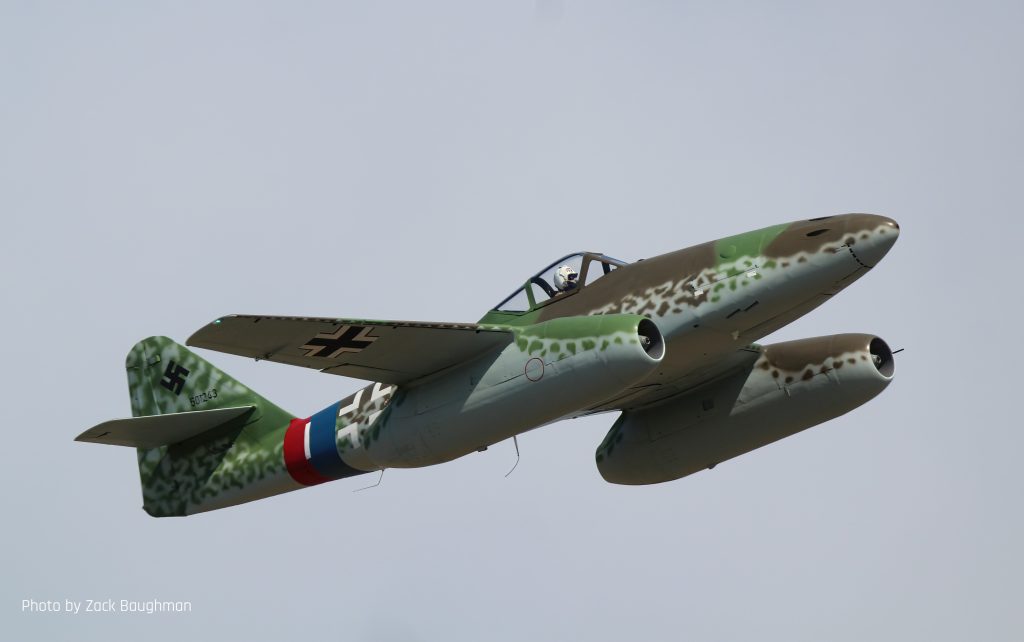

On this day in aviation history 83 years ago (July 18, 1942), the Messerschmitt Me 262 prototype first entered the sky under Jet Power. This historic flight marked the culmination of Germany’s efforts to develop a turbojet aircraft – an effort that began in 1930. A year ago, the ME 262 prototype had already used a piston engine to fly with a propeller in the nose. These initial flights are primarily used as proof of concept, allowing engineers to test the flight characteristics of the fuselage in a safer, more controllable configuration before committing to jet propulsion. On July 18, 1943, the third prototype, ME 262 V3 (Calling PC+UC), was lifted from an airport in Lepaim, Bavaria, and was lifted at 8:40 AM Messerschmitt’s main test pilot Flugkapitän Fritz Wendel. This is the first flight using the aircraft’s expected powerplant, two garbage trucks 004 axial flow turbojet engines, each producing 1,850 pounds of thrust.
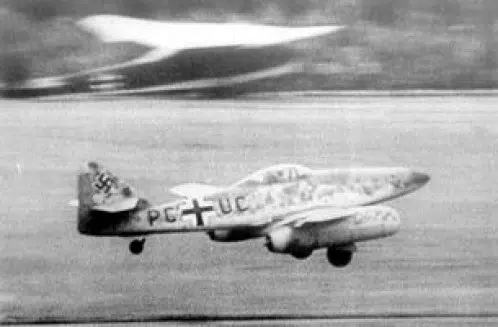

The V3 prototype is very different from the iconic ME 262 profile that most aviation enthusiasts are familiar with. It features a tail end configuration and features a traditional landing gear, which leads to aerodynamic problems: turbulence from the jet exhaust pipe interferes with the airflow on the tail level, thus reducing its effectiveness. These problems are solved in later variants. Starting with the V5 prototype, all subsequent ME 262s are equipped with a tricycle landing gear configuration, which becomes the identifiable form of the aircraft.
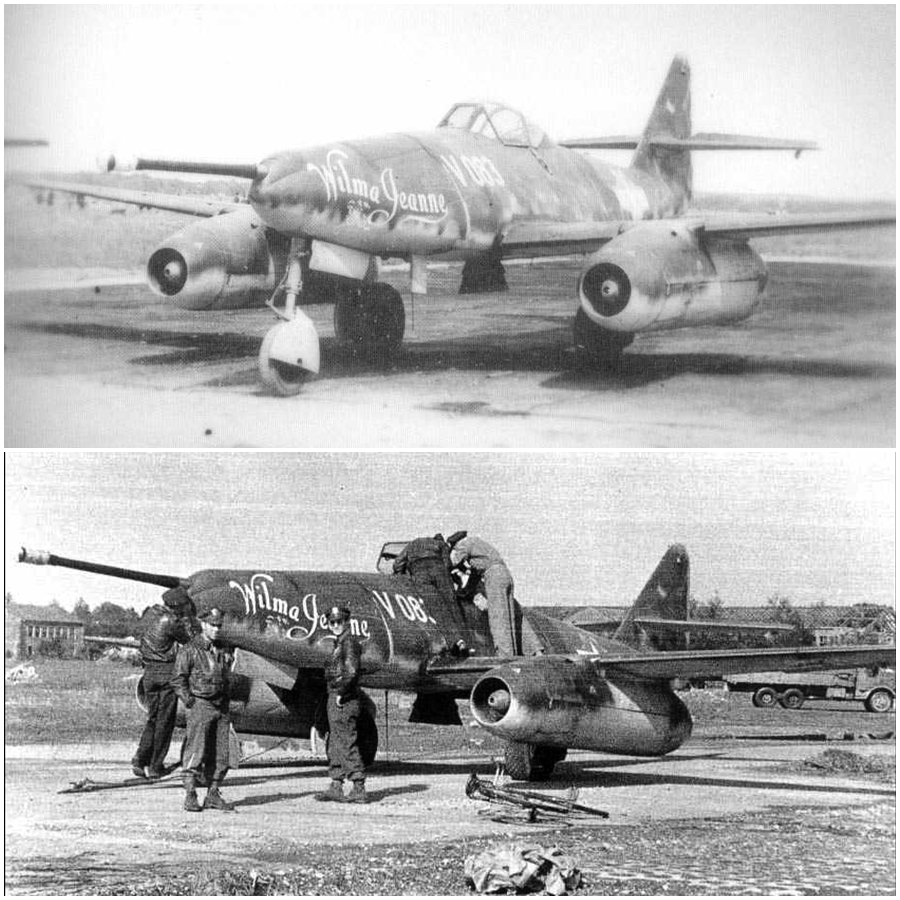

this I 262 Schwalbe (“Swallow”) became the world’s first surgical fighter, and Sturmvogel (“Storm Bird”) variant is a fighter, tailored for Blitzkrieg-style ground attacks. Powered by the Jumo Jumo 004B-1 engine, the ME 262 can reach speeds up to 560 mph, with a range of 570 nautical miles and a service cap of 37,570 feet, which puts it a huge threat to Allied bomber form.
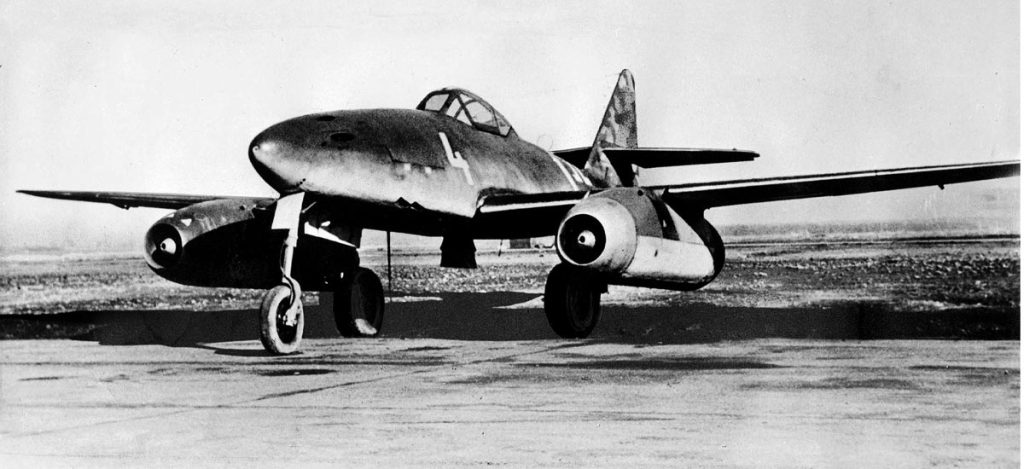

The ME 262 A-1A is equipped with four 30mm MK 108 cannons and can also be equipped with 24mm 4M R4M Rockets and two 550-pound bombs that significantly enhance its firepower. During World War II, Germany produced approximately 1,430 ME 262 on various models. Historians and aviation enthusiasts continue to debate the effectiveness of aircraft in conflict, often speculating that different events may occur if production begins or the aircraft is more strategic.
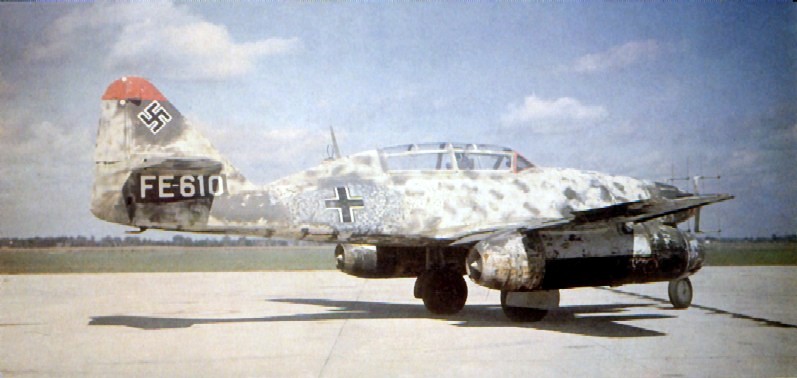

Today, there are several replicas of me 262 that were built by the Painfield, Washington (ME 262) project. In addition, there is the only original ME 262 A-1A/U3 (W.Nr. 500453) capable of gliding using the original Jumo engine itself. Although not yet flying, it remains an attractive prospect for the future of historical aviation.
